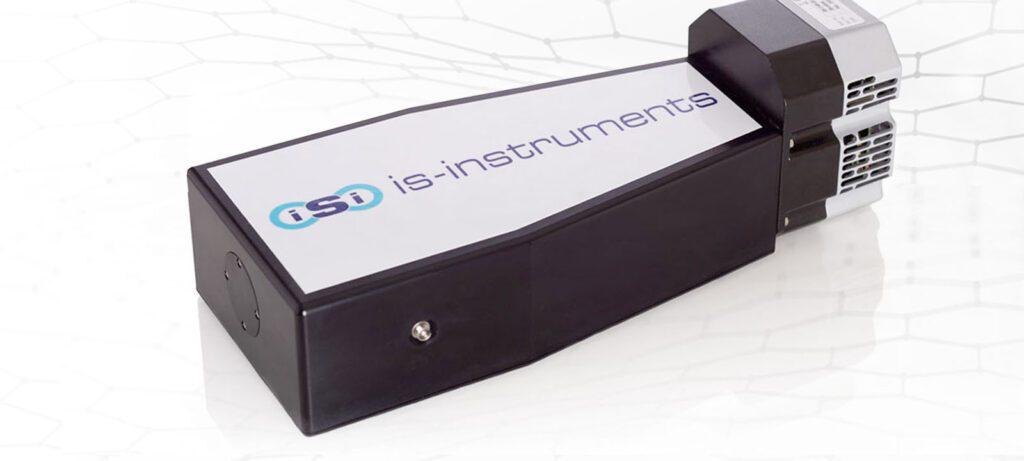Example Spectra
Here, we present spectra acquired from various chemical samples using our core instrument, the HES 2000 spectrometer, in laboratory conditions.
Our instruments use an optical fibre instead of a traditional slit, enhancing light transmission. Where light is typically lost, it is instead retained and concentrated on the target—delivering more light and producing a stronger signal. This is especially beneficial for detecting substances with inherently weak Raman signals.
ISI’s standard HES spectrometer achieves up to 100 times greater throughput than conventional systems. This improvement significantly boosts the signal-to-noise ratio (SNR) compared to traditional Czerny-Turner instruments.
If you’re working with high-resolution optical spectroscopy or remote sensing, these examples may be helpful to you for the following applications:
Material Identification (Raman Spectroscopy) – identifying materials based on their vibrational modes.
- To distinguish between different polymorphs of a compound.
- Verify raw materials in a pharmaceutical or industrial setting.
Elemental Analysis (Laser-Induced Breakdown Spectroscopy – LIBS) – determining the elemental composition of a sample.
- Measuring metal content in alloys.
- Soil or rock composition analysis in geochemical surveys.
Remote Sensing / Stand-off Detection – spectroscopic detection at a distance.
- Detecting explosive residues or hazardous chemicals from a safe distance.
- Monitoring atmospheric gases.
Instrument Calibration and Validation – ensuring the spectrometer is producing accurate data.
- Spectra from known calibration lamps (e.g., mercury or neon) to validate wavelength accuracy.
- White light spectra for flat-field correction.


